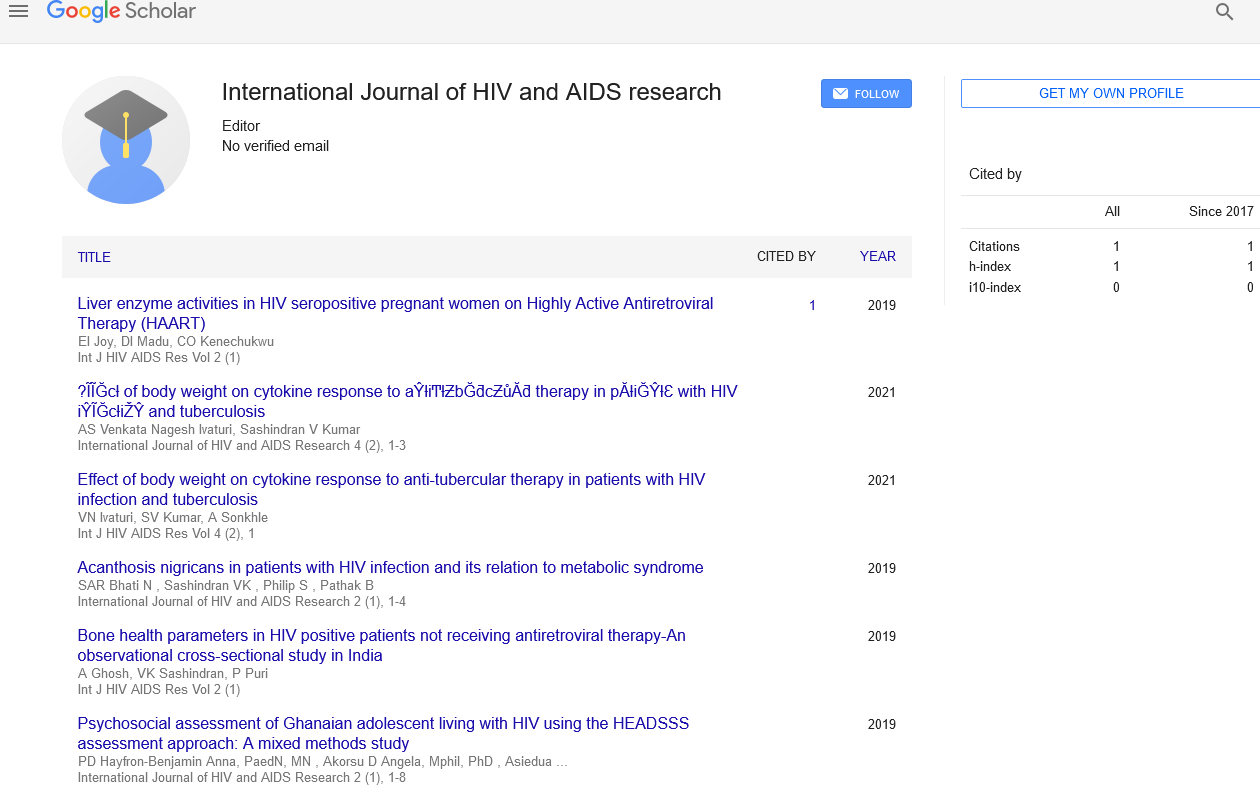At the Crossroads of Environmental and Food Science, Supramolecular Chemistry
Received: 02-Jan-2022, Manuscript No. PULAFSJ-22-3952; Editor assigned: 15-Jan-2022, Pre QC No. PULAFSJ-22-3952(PQ); Reviewed: 31-Jan-2022 QC No. PULAFSJ-22-3952; Revised: 02-Feb-2022, Manuscript No. PULAFSJ-22-3952(R); Published: 12-Feb-2022, DOI: 10.37532/pulafsj.22.6(1).08-09.
Citation: Pandey S. At the crossroads of environmental and food science, supramolecular chemistry. App Food Sci J. 2022;6(1).
This open-access article is distributed under the terms of the Creative Commons Attribution Non-Commercial License (CC BY-NC) (http://creativecommons.org/licenses/by-nc/4.0/), which permits reuse, distribution and reproduction of the article, provided that the original work is properly cited and the reuse is restricted to noncommercial purposes. For commercial reuse, contact reprints@pulsus.com
Introduction
he existence of unit forces was initial postulated by Johannes Diderik van der Waals in 1873. However, Nobel Laureate Armin Emil Fischer developed supramolecular chemistry's philosophical roots. In 1894, Fischer advised that enzyme–substrate interactions take the shape of a "lock and key", the basic principles of molecular recognition and host–guest chemistry. Within the early twentieth century non-covalent bonds were understood in step by step a lot of detail, with the bond being delineated by Latimer and Rodebush in 1920. the employment of those principles diode to associate degree increasing understanding of supermolecule structure and alternative biological processes. For example, the necessary breakthrough that allowed the elucidation of the double whorled structure of desoxyribonucleic acid occurred once it absolutely was realised that there are 2 separate strands of nucleotides connected through gas bonds. the employment of non-covalent bonds is important to replication as a result of the permit the strands to be separated and wont to templet new double stranded desoxyribonucleic acid. Concomitantly, chemists began to acknowledge and study artificial structures supported non-covalent interactions, like micelles and microemulsions. Eventually, chemists were ready to take these ideas and apply them to artificial systems. The breakthrough came within the Sixties with the synthesis of the crown ethers by Charles J. Pedersen. Following this work, alternative researchers like Donald J. Cram, Jean-Marie Lehn and Fritz Vögtle became active in synthesizing shape- and ion-selective receptors, and throughout the Eighties analysis within the space gathered a fast pace with ideas like automatically interlocked molecular architectures rising.
The importance of supramolecular chemistry was established by the 1987 accolade for Chemistry that was awarded to Donald J. Cram, Jean-Marie Lehn, and Charles J. Pedersen in recognition of their add this space. the event of selective "host–guest" complexes particularly, during which a number molecule acknowledges and by selection binds an exact guest, was cited as a crucial contribution. within the Nineteen Nineties, supramolecular chemistry became even a lot of subtle, with researchers like James Fraser Stoddart developing molecular machinery and extremely advanced self-assembled structures, and Tamar Wilmer developing sensors and strategies of electronic and biological interfacing. throughout this era, chemical science and chemistry motifs became integrated into supramolecular systems so as to extend practicality, analysis into artificial selfreplicating system began, and work on molecular science devices began. The rising science of engineering science conjointly had a powerful influence on the topic, with building blocks like fullerenes, nanoparticles, and dendrites changing into concerned in artificial systems. The molecular surroundings around a supramolecular system is additionally of prime importance to its operation and stability. Several solvents have robust gas bonding, static, charge-transfer capabilities, and ar so ready to get entangled in advanced equilibrium with the system, even breaking complexes fully. For this reason, the selection of solvent will be vital. Supramolecular chemistry has emerged as a valuable tool within the formulation of sensors to find toxins in food, sensors for environmental observation and catalysts to convert pollutants into reusable materials amongst alternative applications. the event and discussion of latest sciences, techniques, and methodologies are essential if we would like to bring these rising technologies to fruition.
Conclusion
Five original analysis articles and 2 review articles by famed educational researchers across the globe are collected. These articles can supply a comprehensive outlook for the applying of Supramolecular Chemistry within the space of environmental and food science. we tend to believe this analysis Topic ought to attract chemical, biological, and analytical analysisers and promote Supramolecular chemistry applications in varied.





